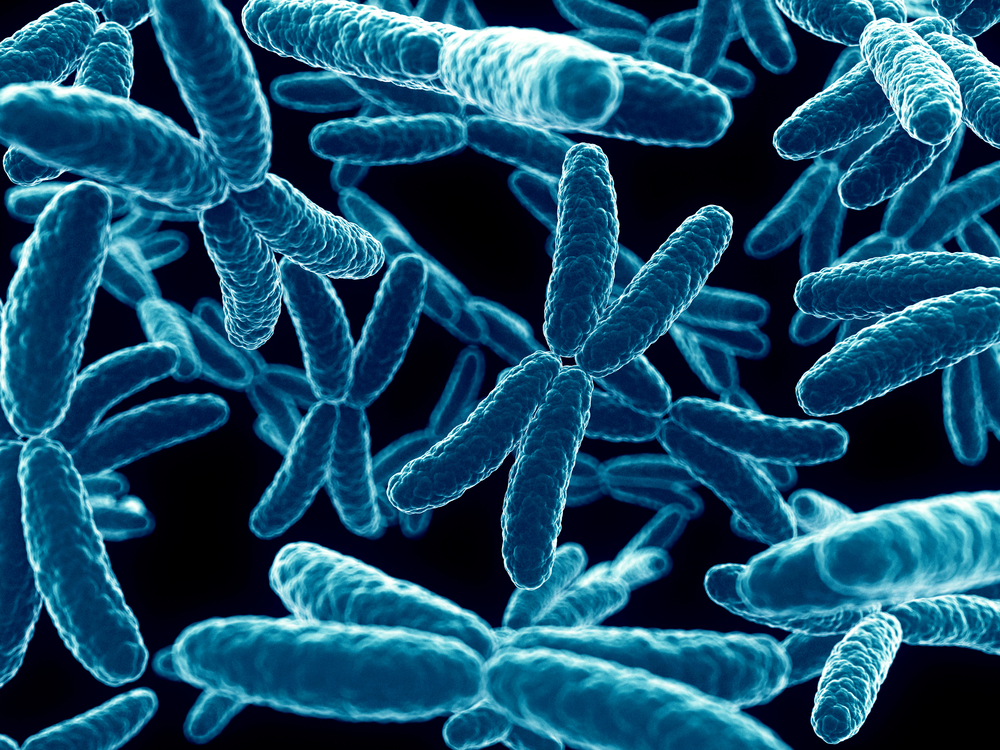New Genetic Risk Factors for Multiple Sclerosis Identified in Study

Two new risk factors for multiple sclerosis have been identified by a research group at the Wellcome Trust Centre for Human Genetics at the University of Oxford in the United Kingdom. Led by Dr. Loukas Moutsianas, the team discovered that having HLA-DQA1*01:01–HLA-DRB1*15:01 and HLA-DQB1*03:01–HLA-DQB1*03:02 gene allele interactions put an individual at risk for developing multiple sclerosis. The findings were recently outlined in a study published in the prestigious journal Nature Genetics, entitled “Class II HLA Interactions Modulate Genetic Risk for Multiple Sclerosis.”
The research team was working off of previous knowledge that human leukocyte antigen (HLA) alleles — specifically, the HLA-DRB1*15:01 allele — dominate a patient’s risk factor for developing multiple sclerosis. There is some evidence that HLA alleles interact with each other in other neurological disorders, but such a phenomenon had not been reported for multiple sclerosis.
To investigate the rate of occurrence for HLA allele interactions in multiple sclerosis, the research team identified 17,465 multiple sclerosis patients and 30,385 controls with genetic information available via the Immunochip study. The researchers were specifically interested in four goals: “to define the key components of genetic risk for multiple sclerosis arising from classical HLA alleles, to test for interactions among classical HLA alleles, to test for interactions between classical HLA alleles and non-HLA loci associated with multiple sclerosis, and to estimate the contribution of [multi-gene dependence] as a modulator of risk conferred by classical HLA alleles.”
After constructing a model of HLA risk for multiple sclerosis, the researchers were able to create a high-resolution map of HLA risk for the disease. Agreeing with previous literature, the team found that HLA-DRB1*15:01 increased the risk for multiple sclerosis nearly four-fold. There was an additive risk for certain alleles, while other alleles seemed to be protective. For example, in one of the novel allele interactions discovered, HLA-DQA1*01:01 was protective if HLA-DRB1*15:01 was also present in an individual. The researchers found no such benefits of alleles outside the previously identified classical alleles or any evidence of multi-gene dependence (polygenic epistasis) modulating patients’ multiple sclerosis risk.
RELATED: New Multiple Sclerosis Drug May Repair Nerve Demyelination
Studies such as this one define additional risk factors for multiple sclerosis that may help identify patients with the disease more accurately than other risk factors. If an individual suspected to have multiple sclerosis had their genes sequenced, they could know if they were indeed at a higher risk for multiple sclerosis and continue with additional diagnostic tests.






